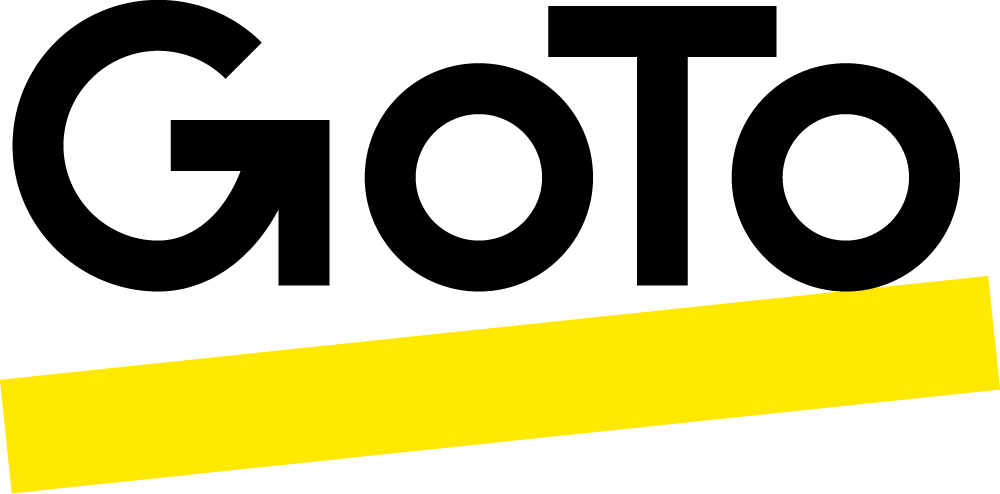Today's employees want to work differently. That desire motivates companies around the world to explore collaborative communications platforms. In a global survey by Ovum Research, over 2,000 IT buyers and leaders surveyed said that Unified Communications and Collaboration (UCC) tools are critical to business success. This technology is also important in the battle to retain a diverse and talented workforce, including remote workers and digital natives from all generations and backgrounds.
The following trends in mindset and technology are defining what modern collaboration looks like, and what leading IT executives need to provide to keep their workforce happy!
1. Don't call me, text me
Compared to previous generations, fewer millennials and Gen Z-ers enjoy talking on the phone. In fact, if given the choice, 75% of millennials would give up their ability to talk on the phone to keep the ability to text. Their social skills developed through text interactions and mobile chat apps, rather than on the phone or in-person conversations. They are used to a communication type that gives them the ability to respond on their own time, thoughtfully, instead of reacting instantly the way a phone call requires.
These expectations are obvious when you look at behavior trends in the workplace. Our recent research shows that 92% of Millennial and Gen Z employees (ages 18-34) use instant messaging chat tools while at work - compared to just 51% of employees above the age of 55. More companies are looking to provide robust messaging applications at work to align with this 'text-first' mindset of the newer generations.
2. Video killed the audio star
Despite the preference for texting, this demographic still understands the value of face-to-face interactions. They want to retain control over the contact they have with others – and the right technology solves for that need. This generational mindset has led companies to research (and ultimately implement) video conferencing tools, which let workers conduct both internal and external meetings from any location. Video calls also facilitate quick check-ins or short collaborative sessions between office-based workers and those who work remotely.
The on-screen presence that comes with video conferencing tools also encourages meeting participants to stay focused. In fact, 90% of information transmitted to the brain is visual – and we process imagery 60,000 times faster than words! Conversely, a traditional audio conference bridge doesn't allow for sharing visuals, which can inhibit productivity, create confusion and invite distractions.
3. Let me work when I want, where I want
Millennials aren't the only group influencing the way companies design their work environment. Workers of all ages see the benefits of working remotely and using flextime. That freedom creates balance, focus and trust, while motivating people to produce more meaningful work.
That's why companies need technology that will empower their talent work, connect and collaborate from anywhere. Making the transition to a UCC platform lets companies deliver that ideal work environment, allowing workers to choose the device or channel they want to use. For example, they might prefer a landline when working from home or a smartphone to connect while traveling.
4. The rise (and embrace) of AI
Many workers today view collaborative communication technology as a work partner that takes over mundane, time-consuming tasks and lets them accomplish more meaningful work. UCC technology is often driven by AI to help workers get more done.
When some of their responsibilities become automated, employees can achieve the desired balance between work and the rest of their lives. AI-enabled tools can schedule and transcribe meetings, compile data and reports, and even send emails!
Empower your modern workforce with robust collaboration tools
Investing in technology benefits everyone in your organization. In turn, it also impacts external audiences and stakeholders like customers, prospects and investors through better customer service, increased productivity and a clear return on investment.
The right technology pays dividends in the form of greater retention rates. Employees are more satisfied when you provide them with a work environment that resonates with their preferences, while enabling purposeful work, personal connections and individual control. The result? You reap the rewards by retaining the best talent available.









